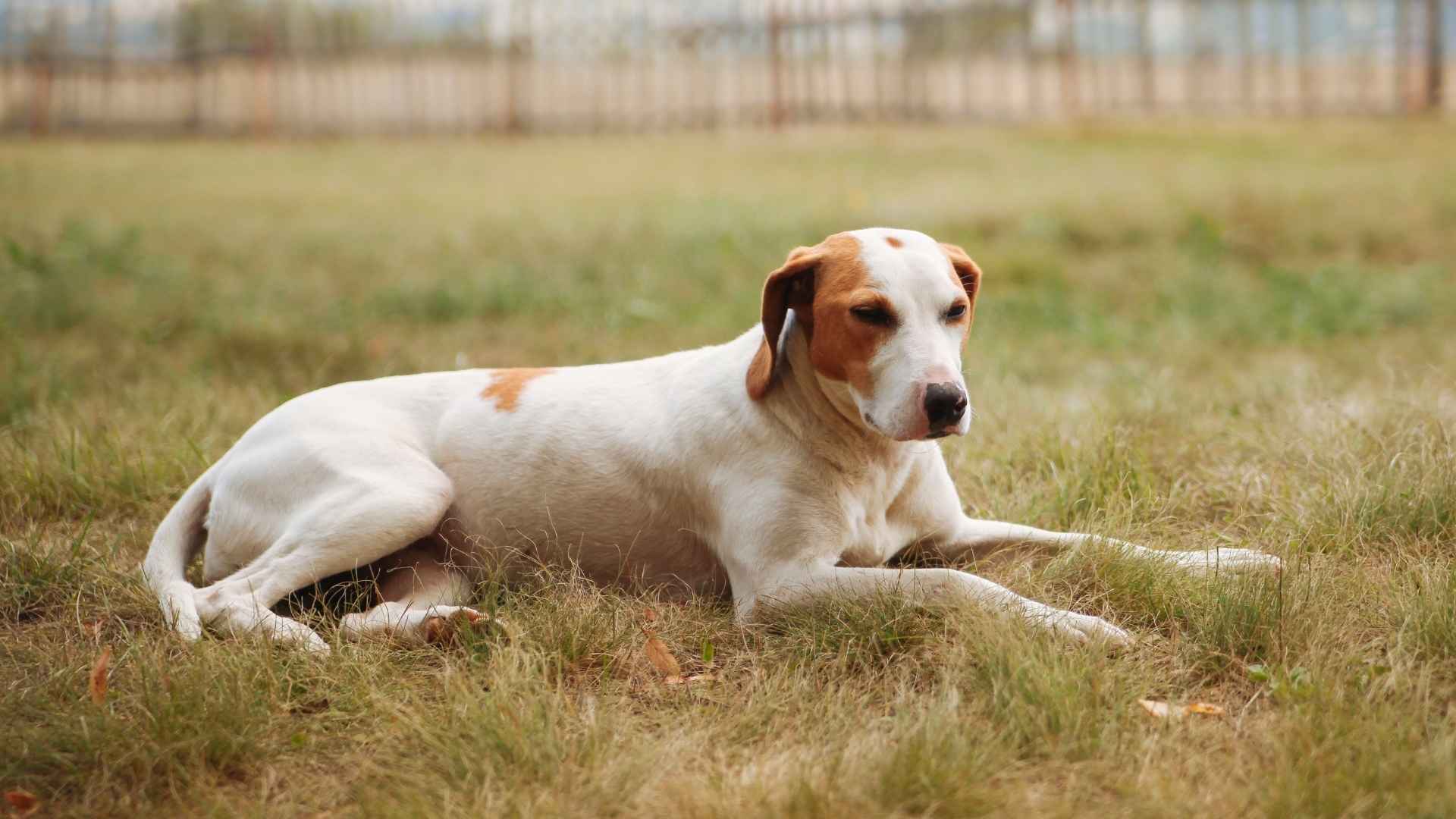In the vast world of canine companions, hunting dogs hold a special place for their instinct, intelligence, and dedication to the chase. While breeds like Labrador Retrievers and Beagles are commonly associated with fieldwork, there exists a lesser-known league of rare hunting dogs whose stories are just as compelling. These under-the-radar breeds are prized not only for their sharp noses and endurance but also for their rich histories and unique appearances.
Many of these rare hunting dogs hail from distant lands, with centuries-old legacies rooted in tracking, retrieving, and protecting. From rugged terrains to dense forests, these dogs were shaped by the environments they worked in and the cultures that raised them. Despite their obscurity in modern pet circles, they continue to impress dedicated enthusiasts with their loyalty and finely honed hunting instincts.
Whether you’re a seasoned hunter or simply intrigued by unique breeds, exploring these rare hunting dogs offers a fresh perspective on the diverse talents and traits within the canine kingdom.
Rare Hunting Dog Breeds
1. Slovenský Kopov

Among the rare hunting dog breeds, the Slovenský Kopov stands out for its exceptional tracking ability and relentless energy. Often referred to as the Slovakian Hound, this medium-sized dog is built for endurance and agility, making it a tenacious companion when pursuing wild boar or navigating rugged terrain.
According to the AKC, the Slovensky Kopov is watchful, brave, and resolute. With a sleek black coat accented by tan markings and a muscular frame, the Kopov combines sharp intelligence with boldness. This breed thrives with owners who can match its enthusiasm for physical activity and offer firm, consistent training to manage its independent streak.
History
Originally bred in Slovakia, the Slovenský Kopov was bred specifically to track and hunt wild boar across dense forests. Known locally as the Black Forest Hound, its development focused on enhancing stamina, scenting ability, and courage.
Though still relatively unknown outside of Europe, the breed holds cultural significance in its homeland and is praised for both its loyalty and hunting prowess. The Slovenský Kopov’s legacy continues today through a committed circle of breeders and enthusiasts working to preserve its lineage.
Fun fact: These loyal dogs are uncommon in shelters, but breed-specific rescues may offer adoption opportunities for those seeking this remarkable hunter.
2. Ariegeois
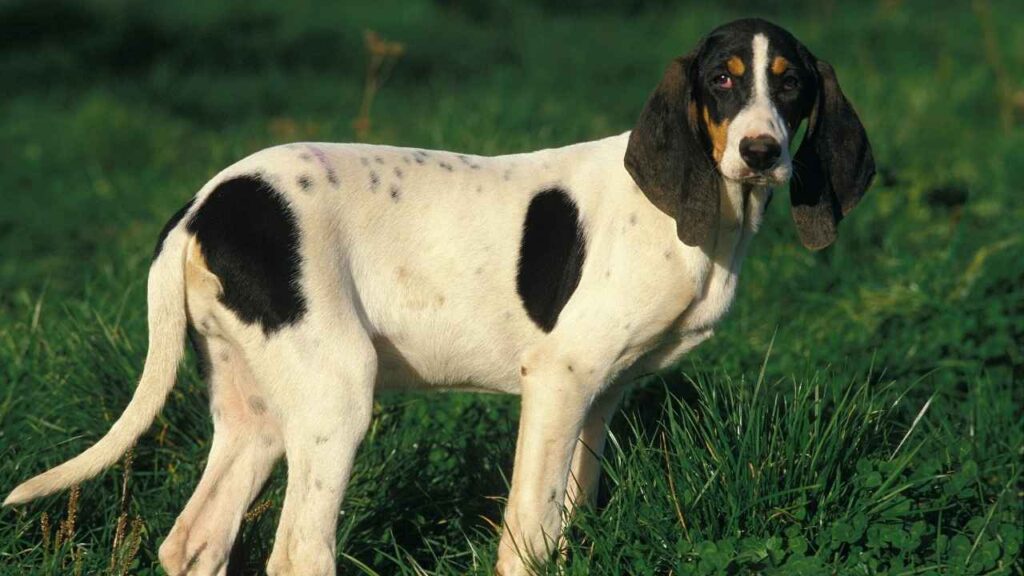
The Ariegeois is not only agile and persistent on the trail but also a gentle and devoted companion. Known for its remarkable endurance and sharp nose, this sleek hound excels in navigating rugged terrains while pursuing game like hare, boar, and deer.
Though it’s rarely seen outside Southern France, the Ariegeois has quietly built a reputation as a reliable and affectionate family dog, in addition to being an exceptional pack hunter.
History
This versatile hunting dog traces its roots to the Ariège region of southern France, where it was officially established in 1912. It descended from a blend of ancient French hounds, including the Grand Gascon-Saintongeois, Grand Bleu de Gascogne, and local Briquet-type dogs. These foundational breeds brought strength, scenting power, and size diversity, resulting in a medium-sized hound adept at coursing and driving game.
Remarkably, the Ariegeois lineage can be traced to pre-Roman times, with ancestors once used by the Gauls and believed to have connections to dogs introduced by the Phoenicians. Although nearly lost during WWII, post-war breeders revived the line, preserving its legacy as a versatile and affectionate hunting breed.
Fact: This rare dog breed is recognized by the UKC and Kennel Club USA, yet remains rare outside of France.
3. Bavarian Mountain Hound
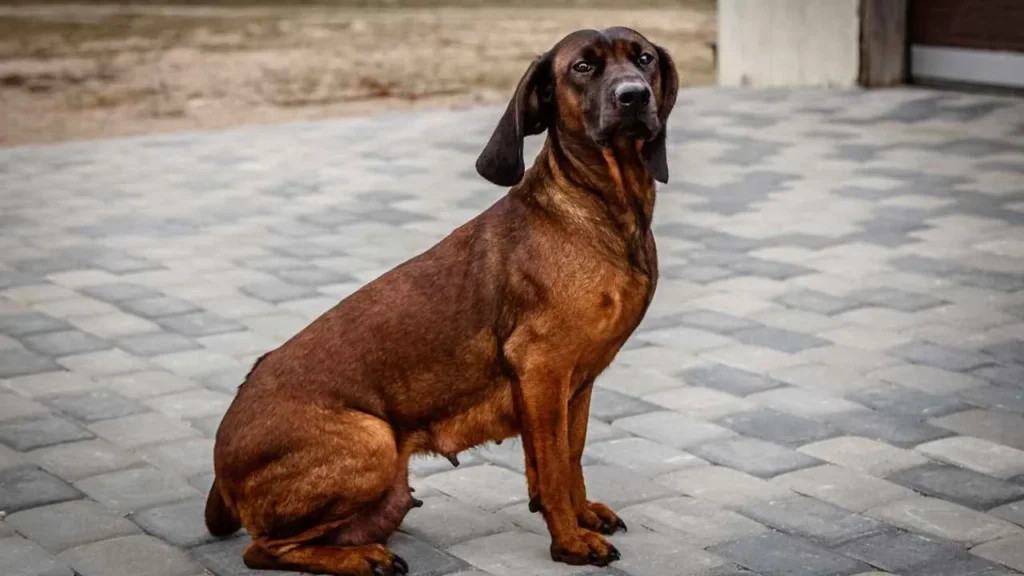
True to its reputation as a skilled tracker, the Bavarian Mountain Hound has exceptional scenting ability. The Bavarian Mountain Hound, with its muscular, elongated yet athletic build, has a noble and distinguished appearance and is easily identified as a scent hound.
Medium-sized and powerfully built, this breed is revered for its precision in following wounded game, making it indispensable for hunters in rugged terrain. Though still uncommon outside its native regions, the Bavarian Mountain Hound is steadily gaining recognition as both a dependable working dog and a devoted family companion, especially in active households with space to roam.
History
The Bavarian Mountain Hound was specifically bred as a scent hound to locate injured game, as per the Kennel Club. The Bavarian Mountain Hound traces its origins back to the rugged landscapes of Germany in the 19th century. It was developed by Baron Karg-Bebenburg through the strategic crossbreeding of the heavy Hanoverian Scenthound with lighter red Mountain Scenthounds.
This refined a dog agile enough to navigate mountainous terrain, yet disciplined in tracking wounded prey post-shot. Recognized officially in 1912 with the establishment of its breed club in Munich, this hound remains a specialist tool for professional hunters and gamekeepers across Europe and beyond.
Fact: Despite its exceptional working abilities, this breed remains rare and is mostly found in professional hunting circles.
4. Istrian Coarse-haired Hound
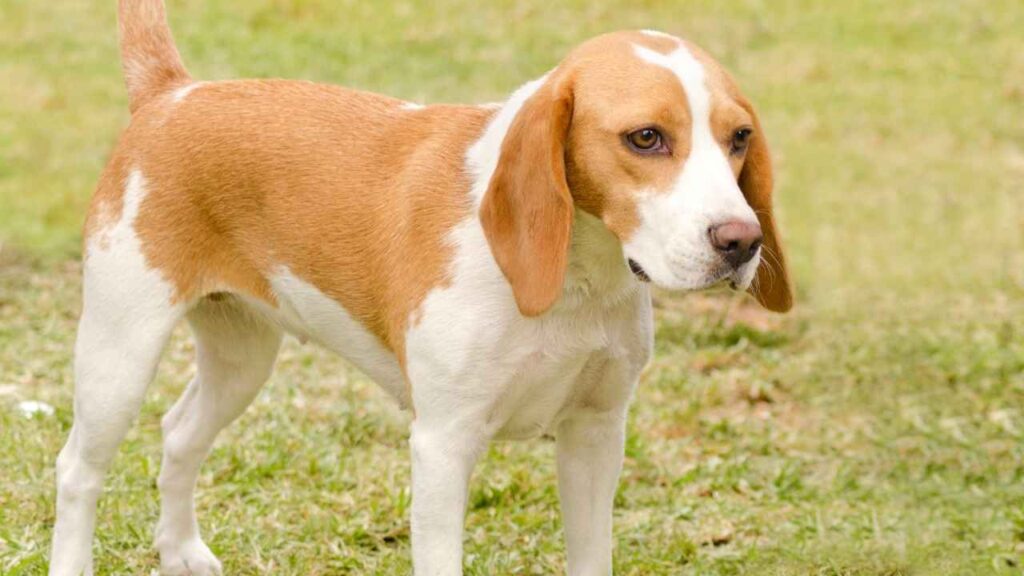
The Istrian Coarse-haired Hound has a rugged appearance and a relentless work ethic. With a scruffy white-and-orange double coat and a medium build, this scenthound is built for stamina and endurance in the field.
The UKC reports that the Istrian Coarse-Haired Hound is gentle, calm, and deeply bonded with its owner, yet also displays great enthusiasm when hunting. Though not well known outside Croatia and Slovenia, where both countries have claimed it as native, the breed continues to impress dedicated hunters with its fierce determination and unwavering scent-tracking abilities.
History
Developed in the mid-19th century by crossing the ancient Istrian Shorthaired Hound with the French Griffon Vendéen, the Istrian Coarse-haired Hound was bred for one purpose: small game hunting. From rabbits to foxes, its keen nose and courage in rough terrain made it a reliable field companion.
The breed made its first public appearance at a dog show in Vienna in 1886, though it never gained widespread popularity. Its numbers dwindled during the World Wars, and today, it’s still considered rare globally. In 2006, it was officially recognized by the UKC as a Croatian breed.
Fact: Due to their high prey drive and hunting lineage, these hounds are often only sold to owners who commit to using them as working dogs.
5. Porcelaine
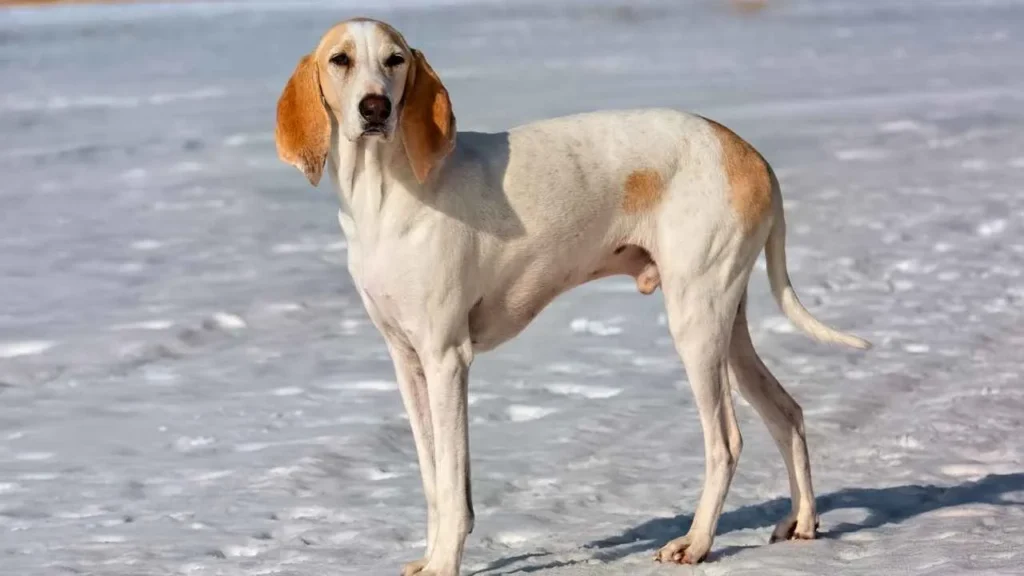
They have a unique blend of elegance and drive. Sleek, athletic, and radiant with a lustrous white coat, this breed is as visually striking as it is adept in the field. Despite its aristocratic appearance, the Porcelaine thrives on activity and loves being part of a hardworking pack.
Their affectionate and loyal nature also makes them ideal for active families who can match their energy levels. Whether tracking wild game or exploring trails, the Porcelaine’s stamina and focus are unmatched.
History
These affectionate dogs hail from France and are considered the country’s oldest scent hound. Originally named the Briquet Franc-Comtois, it was developed in the Franche-Comté region and is believed to descend from the English Harrier and the now-extinct Montembeouf.
These bloodlines equipped the Porcelaine with a powerful sense of smell and a natural hunting instinct, especially for game like hare, deer, and wild boar. Their name, “Porcelaine”, comes from their smooth, shiny white coats that resemble fine porcelain.
Fact: Despite their capabilities, Porcelaines are extremely rare in North America, with only a few hundred estimated to exist across the continent.
6. Chien d’Artois
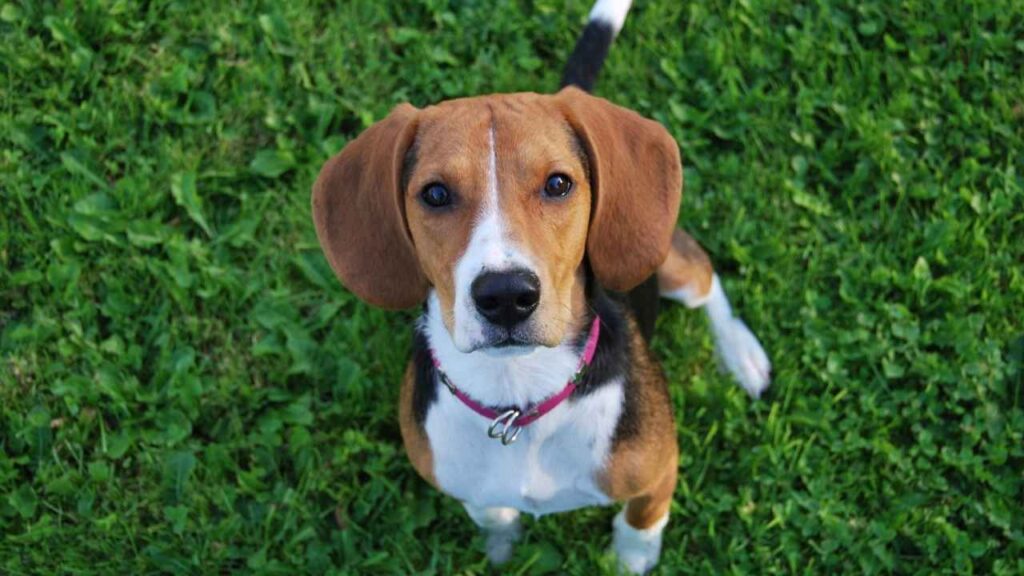
Often mistaken for its more widely known relatives, this scent hound possesses a unique blend of determination and composure that has long impressed French nobility. Used to trailing both small and large game, it thrives in outdoor pursuits and is known for its endurance and sharp nose, making it a valued asset on any hunt.
History
The Chien d’Artois dates back to 15th-century France, where it gained early fame among the aristocracy as a skilled game hunter. Descended from the Bloodhound and possibly an ancestor of the Beagle, this breed has a noble and effective lineage.
Although nearly driven to extinction in the 19th and 20th centuries due to crossbreeding with faster hounds, revival efforts in the 1970s succeeded in preserving its purity. While still rare outside of France, its loyal temperament and tracking skills continue to attract dedicated enthusiasts.
Fact: These loyal dogs were once so cherished that French royalty kept them for exclusive hunting expeditions.
7. Segugio Italiano
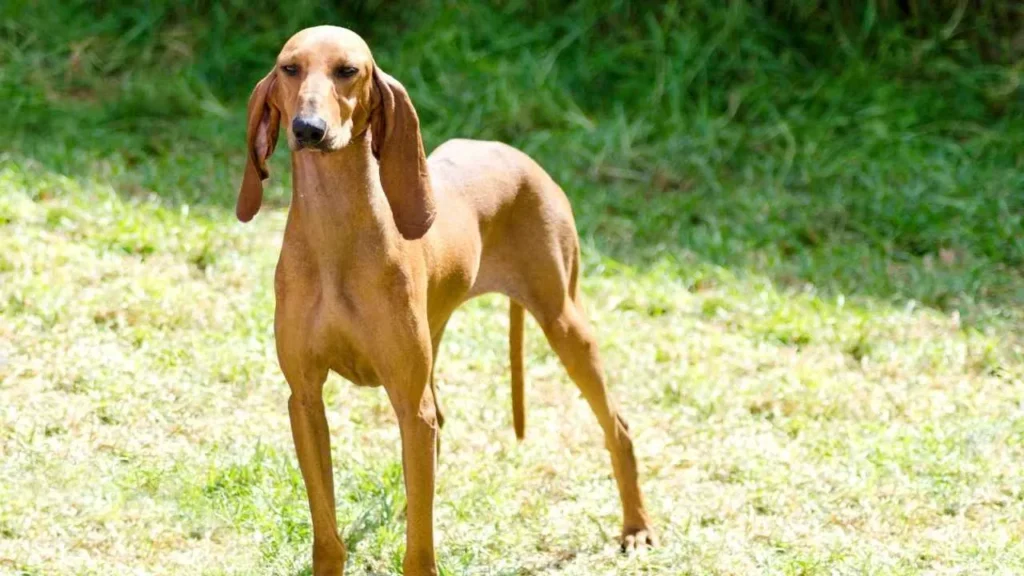
The Segugio Italiano is a refined and agile breed that exemplifies the charm of rare hunting dogs. Known for its lean frame and incredible scenting ability, this breed was developed for tracking game.
Unlike heavier hounds, the Segugio is built for speed and endurance, often working nose-down across rough terrain with grace and precision. With its quiet temperament and loyalty to its human companions, it’s not just a hunter, but also a gentle and loving pet.
History
This ancient Italian breed traces its roots back thousands of years, believed to have descended from Phoenician sighthounds and Celtic scent hounds. Initially used in large packs to pursue wild boar, the breed evolved to function well solo, thanks in part to selective breeding that introduced Mastiff blood for added versatility.
Despite being popular in Italy, ranking among the country’s top ten breeds, the Segugio Italiano remains little known outside its homeland. In fact, in the UK, it was declassified by The Kennel Club in 2020 due to the absence of registered litters since 2007.
Fact: This rare breed is widely loved in Italy for its elegant build and sharp nose.
Conclusion
Rare hunting dog breeds may not command the same spotlight as popular retriever breeds or well-known bird dogs, but they carry centuries of skill, history, and loyalty. From tracking wild boar in the forests of Slovakia to chasing upland birds in the Italian countryside, these unique canines reflect the diversity and depth of the hunting world. Many of them, like the Segugio Italiano or Slovenský Kopov, are also known for their intelligence and agility, making them not only exceptional hunters but also dependable companions on farms and in the field.
Although not all are formally recognized by the American Kennel Club, their lineage and working abilities stand tall among established gun dog and guard dog categories. Some were bred to hunt otters or other elusive game, while others transitioned over time into versatile farm dogs or loyal family protectors. By celebrating these lesser-known breeds, we gain a richer understanding of the roles dogs have played in shaping human livelihoods across regions and centuries.


